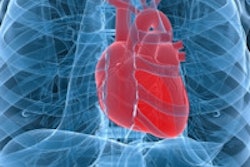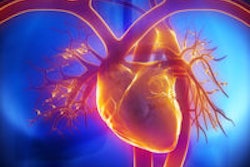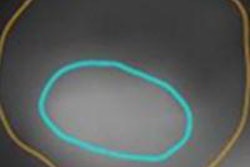A study of nearly 38,000 patients that was published in the Journal of the American Medical Association found that even small amounts of coronary artery plaque increased the risk of heart attack or death a year after diagnosis.
Those diagnosed with nonobstructive coronary artery disease in the form of coronary plaque had a significantly increased risk of death, whether or not they had symptoms such as chest pain, Dr. Thomas Maddox, from the Veterans Affairs (VA) Eastern Colorado Health Care System, and colleagues concluded.
"A fairly large number of people who receive a coronary angiogram come away with a diagnosis of nonobstructive coronary disease, and even though that disease may not be causing their chest pain, it does still result in a risk of heart attack and death down the road," Maddox said in a statement. "We were concerned that perhaps those nonobstructive plaques did have a risk for causing a heart attack down the road."
The study compared heart attack and mortality rates among patients with coronary artery disease (CAD). The patients were all U.S. veterans who underwent invasive angiography between 2007 and 2014 at VA healthcare centers (JAMA, November 5, 2014).
Among the 37,674 patients receiving angiography, 22.3% had nonobstructive coronary disease and 55.4% were deemed to have obstructive CAD. Over the course of a year, 845 patients died and 385 were rehospitalized with myocardial infarction.
The one-year risk for myocardial infarction rose progressively based on the extent of coronary disease, rather than demonstrating a sharp increase in mortality between nonobstructive and obstructive coronary disease, the researchers found.
"Patients with nonobstructive disease had a two to five times higher risk of heart attack and death," Maddox said. "We haven't been able to see that relationship before."
The results were similar for one-year mortality and the combined outcome of one-year myocardial infarction (MI) and death, according to the researchers.
"These findings highlight a need to recognize that nonobstructive CAD is associated with significantly increased risk for MI, consistent with prior biologic studies indicating that a majority of MIs are related to nonobstructive stenosis," the authors wrote.
The results also show the limitations of dichotomizing patients with coronary disease into positive and negative status, and they "highlight the importance of preventive strategies such as pharmacotherapy treatments and lifestyle modifications to mitigate these risks," the authors wrote.



















